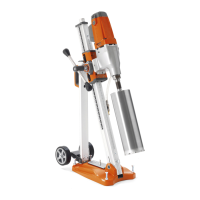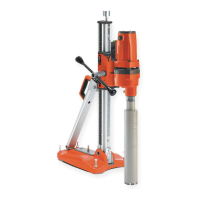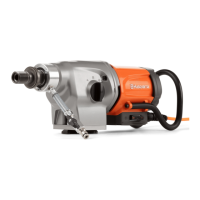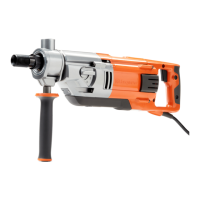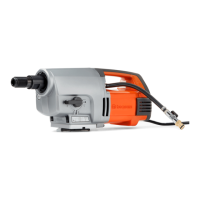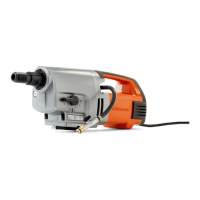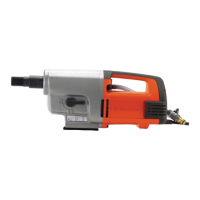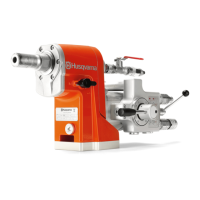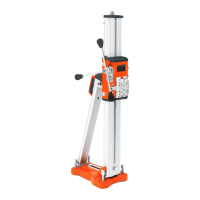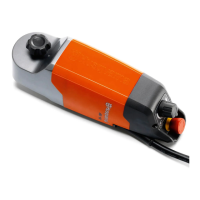How to prevent the tube from being abraded on my Husqvarna Drill?
- KKevin AndersonAug 13, 2025
Abrasion of the tube in your Husqvarna Drill can occur for several reasons. The clamp may have too much free play, so adjust the clearance of the clamp properly. Alternatively, the bit, tube, or base might be loose; ensure you tighten them securely. A deformed bit can also cause abrasion, so replace the bit if necessary. Finally, if chips are not discharging well, increase the water pressure and volume to improve chip removal.
